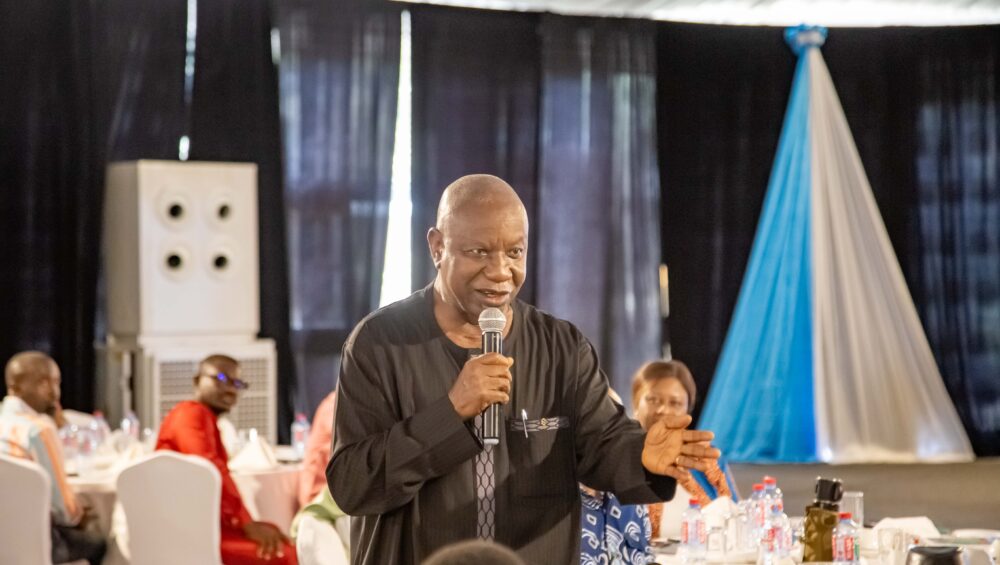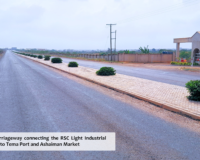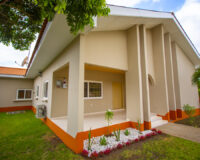Mr. Emmanuel Botchwey, the Executive Chairman of Regimanuel Gray Ltd, has urged stakeholders in the country’s housing industry to swiftly embrace vertical development to match the rapidly increasing urbanization. Speaking at the Ghana Real Estate Developers Association (GREDA) CEOs Breakfast Meeting in Accra, Mr. Botchwey emphasized the importance of preparing for immediate future housing demands driven by the country’s youthful and rapidly urbanizing population.
Under the theme, “GREDA showing leadership in housing delivery in Ghana for the next decade; opportunities and challenges,” Mr. Botchwey highlighted the urgency of the situation by pointing out Ghana’s current population structure, with a significant proportion below 20 years. He emphasized that this demographic trend will witness greater numbers poised to enter the housing market within the next decade.

According to Mr. Botchwey, Ghana’s current population makeup, with approximately 38% of the population falling within the 15-35 age bracket, indicates a looming surge in housing demand as these individuals transition from parental homes to seeking accommodation of their own. To address this challenge he stressed the importance of adopting vertical housing solutions, for the masses, to optimize land usage and accommodate the burgeoning population.
“We have about a decade to fully embrace vertical housing development due to our current population structure,” Mr. Botchwey asserted. “Developers need to economize on space and first-time homeowners must be willing to embrace reduced floor areas, to manage the stock of land available for future housing needs effectively.”

Mr. Botchwey, who is spearheading the development of the Regimanuel Satellite City near East Legon Hills in Accra, is set to allocate about 30% of the project’s land to high-rise apartments. With a master plan encompassing 17,000 homes, the inclusion of high-rise developments underscores a strategic approach to support the supply of housing for the population.
Population Structure and Urbanization Trends
Ghana’s population structure reflects a youthful and rapidly urbanizing demographic, characterized by a significant proportion of young individuals. Over the past five censuses, the population pyramid has shifted from predominantly children under 15 to a growing cohort of young people aged 15-35 years. According to the Ghana Statistical Service, the country’s population is projected to double within 33 years, with over 50 million inhabitants by 2050.
Age Group | Percentage of Population |
0-14 years | 35% |
15-35 years | 38% |
65+ years | 4% |
(2021 population & housing census)(2021 population & housing census)
Moreover, urban areas accommodate approximately 60% of the young population, highlighting the rapid urbanization trend. As Ghana’s urban centers continue to expand, the demand for housing, particularly among young urban dwellers, is poised to escalate, necessitating innovative solutions to address the housing deficit and ensure sustainable urban development.






